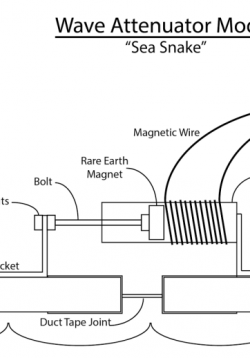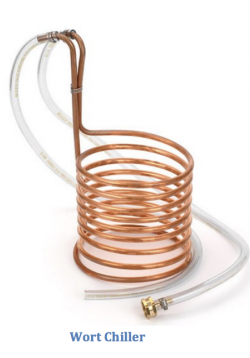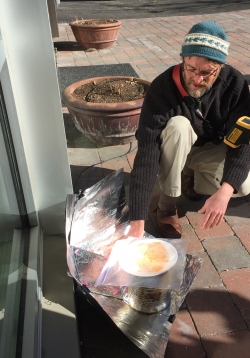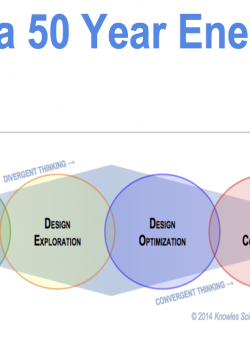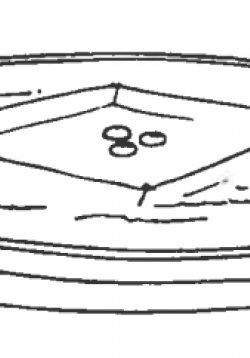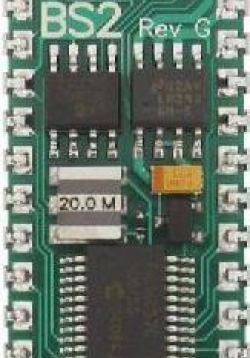The Problem of Plastic Trash Islands
This lesson is designed for 3 days, 50-minute sessions. The students will watch videos and take 2 column notes to guide independent research. The students will examine different solutions that are already being tried and experimental solutions that have...


